A San Mateo County Civil Grand Jury has put out a report on Monday, June 12, saying that affluent towns like Woodside, Atherton, Portola Valley and Hillsborough are using backyard accessory dwelling units (ADUs) in their state housing plans to avoid building multifamily low-income housing.
Among the report's recommendations is that the county and each city (21 in total) should immediately stop using ADUs to meet their state-mandated very low-, low-, and moderate-income housing targets until they have also proposed an effective monitoring system that verifies how newly developed ADUs will be used.
This problem is most acute in Atherton, Hillsborough, Portola Valley and Woodside, where some residents are "up in arms" over the state-mandated housing requirements, and the city governments, trying to appease them, are proposing counting on ADUs to meet as much as 80% of their affordable housing targets, according to the report. ADUs are small homes or apartments that share the single-family lot of a larger primary residence.
Every eight years, every state municipality is assigned its Regional Housing Needs Allocation (RHNA) goals. Local towns' housing goals over the next eight years have increased substantially since the last cycle, and there are penalties for failing to craft a plan called a housing element that demonstrates to state officials how those units can be developed.
"The city governments, trying to appease their angry citizens, are leveraging changes over the years to California's 1969 housing element law that most recently allow communities to count ADUs as affordable housing in their Regional Housing Needs Allocation (RHNA) plans," according to a county press release. "However, the state has neglected to propose any form of regulation to ensure low-income tenants ultimately use the ADUs as planned by these cities. And because owners often rent their ADUs to family and friends, they can exacerbate patterns of segregation and exclusion, according to the Association of Bay Area Governments (ABAG). Also, ADUs don't generally serve large families."
California needs to build 2.5 million homes by 2030 to meet current housing demands, according to the California Department of Housing and Community Development (HCD). But the state averages only about 125,000 new homes annually — a shortfall of nearly two-thirds, according to the 19-member Grand Jury, which convened on July 1, 2022.
To date, just two San Mateo County cities' housing elements have been approved by the state. Plans were due on Jan. 31.
"ADUs are not a panacea, but they're a good tool in the toolbox," said a planning consultant working for a city in San Mateo County. "Most land on the Peninsula is single-family homes. ADUs are opening land that was not open before. But higher density housing near transit is better."
In the report, a city manager added: "I think they (ADUs) are a piece of the solution, but not all of it. I think ADUs are an important way to provide opportunities for other things -- where people want multigenerational living onsite, for caretakers, or other folks -- they can reside in an ADU even if they're not paying rent."
Assembly Bill 72 gives HCD the ability to enforce local government's land use, planning, and zoning requirements. In the current RHNA cycle, HCD asks that San Mateo County jurisdictions monitor and verify ADU affordability every two years. However, HCD has not specified how to prove the ADUs are rented to very low-, low- or moderate-income households.
The most surprising finding to Grand Jury Foreman Steve Drace is that HCD is allowing cities to use ADUs to satisfy low-income housing, yet there is no system in place to monitor if low-income residents are inhabiting those units.
"We think that's a little sketchy," Drace said. "It's within the letter of the law, but it's violating the spirit (of the law)."
The low-income ADU "only exists on paper, that's the issue," said civil grand juror Greg Spector.
The Grand Jury conducted a digital survey of representatives from all 21 municipalities, according to Spector. It also interviewed 20 city officials and consultants over Zoom, he said.
How cities are supposed to determine their ADU estimates
In its technical memo "Using ADUs to Satisfy RHNA," ABAG advises members that the estimate should be based on the average number of ADU building permits issued each year, multiplied by eight, because there are eight years in a housing element cycle.
Using data from a 2020 statewide survey of homeowners who had constructed ADUs in 2018 or 2019, ABAG concluded that the assumption that the ADU breakdown in a city is 30% very low-income, 30% low-income, 30% moderate-income and 10% above-moderate income. Most county cities and towns adopted this formula instead of conducting their own affordability analysis, according to the Grand Jury.
However, a 2021 report prepared by ABAG's Housing Technical Assistance Team said that although ADUs are often affordable, jurisdictions should be cautious about relying on them too heavily because of fair housing concerns:
"Many ADUs are affordable to lower and moderate-income households because they are rented to family and friends of the homeowners," the report states. "If minorities are underrepresented among homeowners, the families and potentially friends of the homeowners will be primarily white. Therefore, relying too heavily on ADUs could inadvertently exacerbate patterns of segregation and exclusion." The report also acknowledges that ADUs often do not serve large families, another critical fair housing concern.
And while ADUs accomplish an essential fair housing goal by adding new homes in parts of the municipality that are more likely to be areas of opportunity, the report recommends that jurisdictions with fair housing concerns "may want to use more conservative assumptions based on open market rentals, excluding units made available to family and friends," which it summarizes as: 5% very low-income, 30% low-income, 50% moderate-income and 15% above moderate-income.
Only two cities — San Carlos and San Mateo — use ABAG's more conservative formula of 5-30-50-15 in their plans. One city — Belmont, used its own judgment. Colma does not use ADUs in its housing element.
Why it matters
The Grand Jury notes that the cities and towns relying primarily on ADUs to meet their RHNA housing targets do not meet the overall objectives required by RHNA of:
● Increasing the housing supply and mix of housing types, tenure, and affordability
● Promoting infill development and socioeconomic equity, protecting environmental and agricultural resources, and encouraging efficient development patterns
● Promoting an improved intraregional relationship between jobs and housing
● Balancing disproportionate household income distributions
● Affirmatively furthering fair housing.
While HCD does not single out those four towns for their heavy reliance on ADUs to meet their affordable housing needs, HCD has consistently instructed San Mateo County cities and towns that they must monitor and verify ADU production and affordability at least every two years, according to the Grand Jury. It has not specified an acceptable process for verifying the affordability level of ADUs as planned, the report states
There are a handful of independent nonprofit agencies and for-profit real estate management companies in the Bay Area that have established systems for monitoring and verifying rented housing for continued affordability, while maintaining tenant and owner privacy, according to the Grand Jury. City managers and other officials continuously raised this issue during Grand Jury interviews.
There have been a slew of laws in recent years that aim to bolster the construction of ADUs in the state.
Recommendations
The Grand Jury recommends that by Feb. 1, 2024, the 21 municipalities, adopt and implement a verification system capable of monitoring and verifying how newly developed ADUs are being used.
It also recommends, that by the same date, the jurisdictions should develop and adopt incentives for ADU owners which could be offered in exchange for deed restrictions that would include requirements for ADU tenants to participate in independent monitoring. It should also track the intended use of ADUs — rented or non-rented — during the permitting process and offer incentives in exchange for deed restrictions that require ADUs to be used as rentals.
By April 1, 2024, the Grand Jury would like the municipalities develop and adopt a new ADU affordability distribution formula specific to each jurisdiction to the extent they are used to meet very low-, low-, and moderate-income housing requirements in their RHNA housing elements.
Town responses to report
Atherton Mayor Bill Widmer said the Grand Jury made some good points, but pointed out that it is incumbent upon jurisdictions like Atherton to ensure that its ADU program meets the expectations of the state's RHNA mandate for the town through effective monitoring. Widmer disagrees with the Grand Jury's assessment that use of an ADU by a family-member or caretaker is a "paper only" use.
"To ensure we do our part, the town is conducting extensive outreach in the community to identify current ADUs being rented or used by family-members or caretakers," he said in an email. "This is just the beginning of a fully expanded monitoring and development program. Also the town is partnering with HIP Housing as well as Stanford (University) and Menlo College to help find housing for those in need."
"Without having these ADUs, family members, students or caretakers would need to find housing elsewhere, thereby taking away another housing location that others may need from others the already beleaguered commute and affordability issues," he said. "ADUs allow for step-down housing for seniors in Atherton and allow them to either stay in their home or at the very least, in their community. That's important and something I believe the state supports as well."
The Woodside Town Council will hear and approve the response to the Grand Jury at the Town Council meeting July 25, said Mayor Chris Shaw in an email.
Portola Valley Mayor Jeff Aalfs said that the report is disappointing in its dismissal of the town's thoughtful process and has a poor presentation of the actual data.
"We incorporated ADUs into our new draft housing element judiciously, building on our past history of ADU construction, and with guidance from the California Department of Housing and Community Development," he said in a statement. "In addition to planning for ADUs, we also did the hard work of planning for multifamily housing to meet our state-imposed housing requirements while preserving local decision-making, optimizing safety, and honoring our historic commitment to the town's rural character and sensible development."
Elected officials are required to respond to a report's findings and recommendations within 60 days, and governing bodies must respond within 90 days.
Read the full report at sanmateocourt.org/documents/grand_jury/2022/2022adu.pdf.
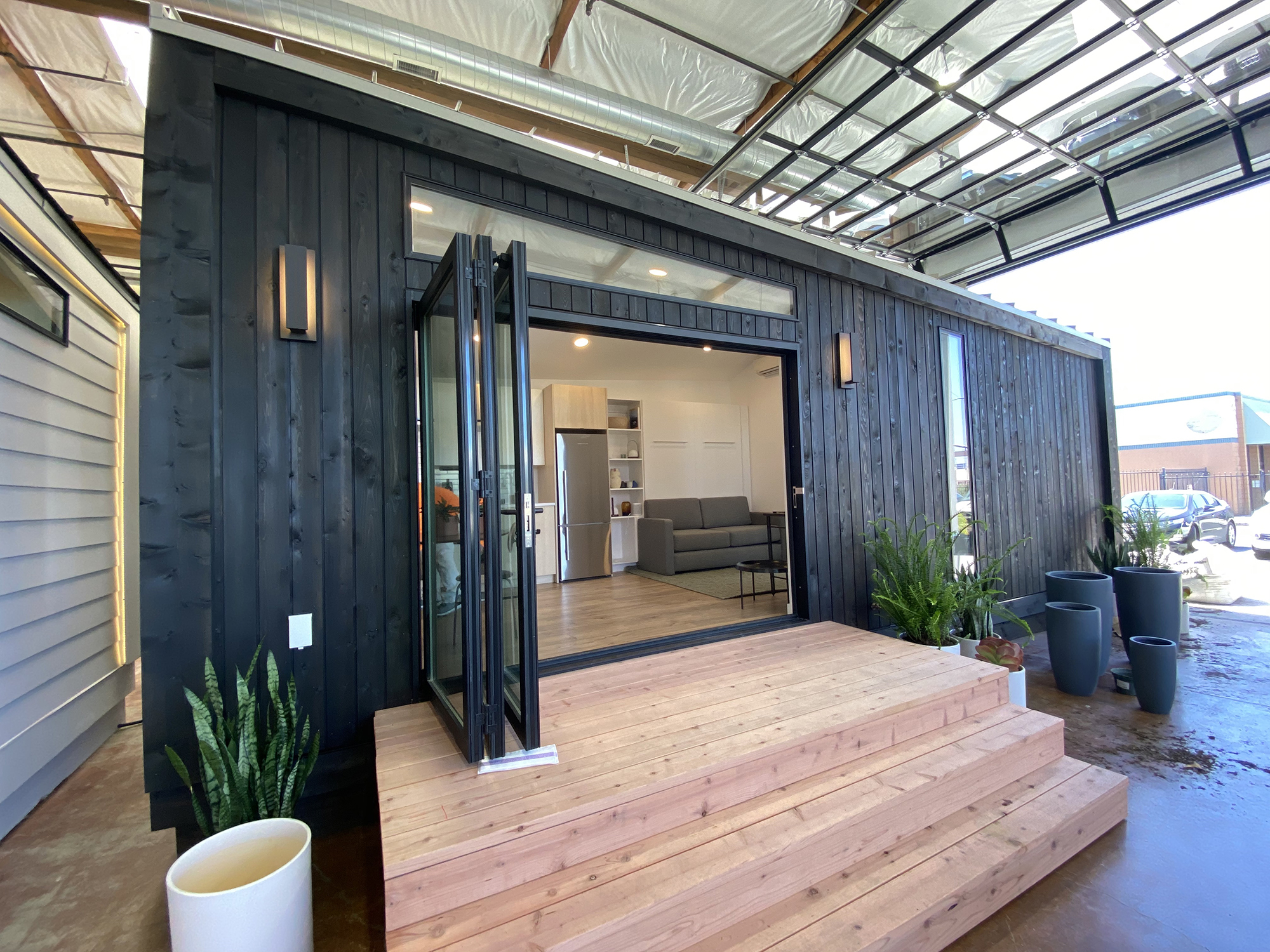
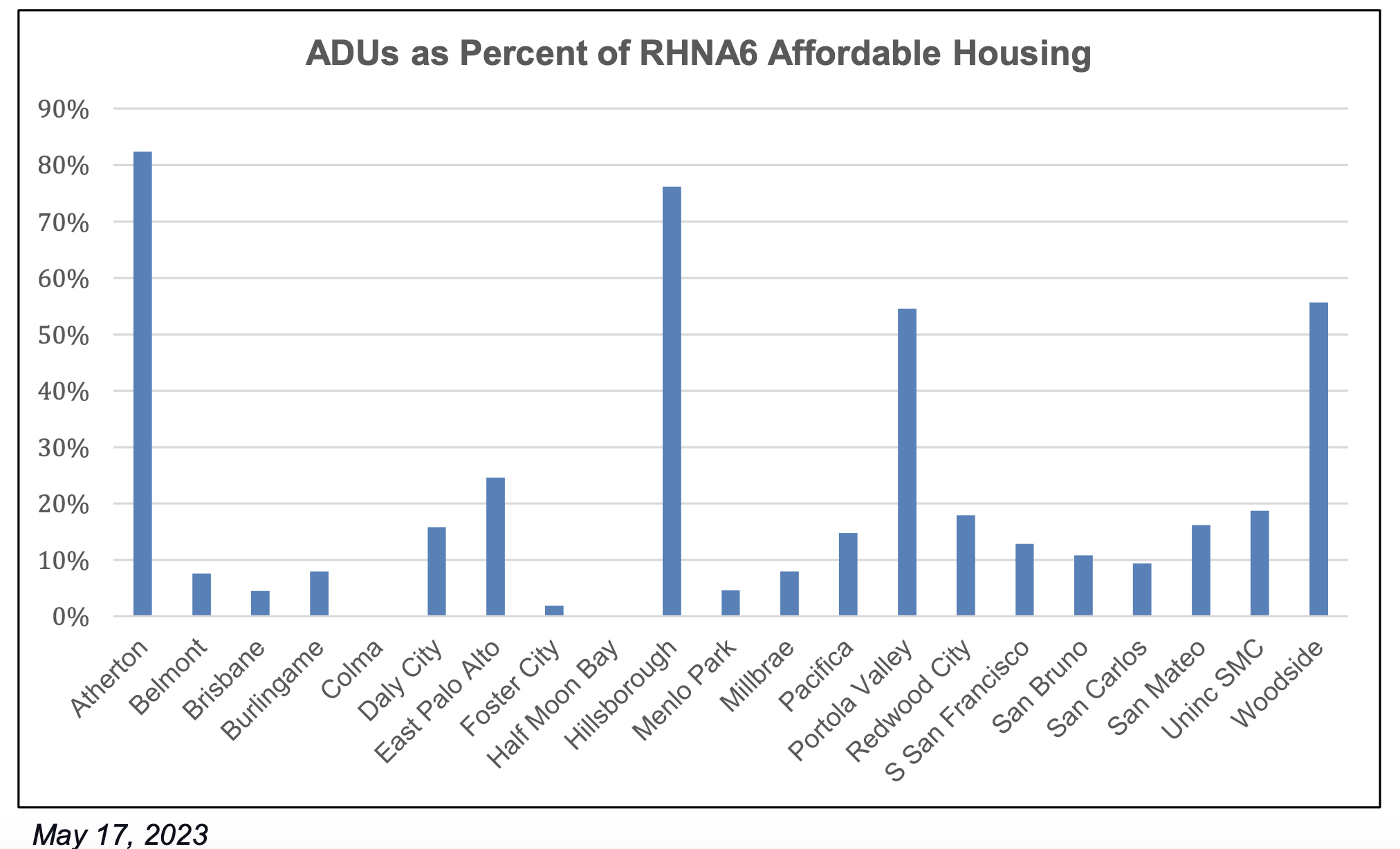
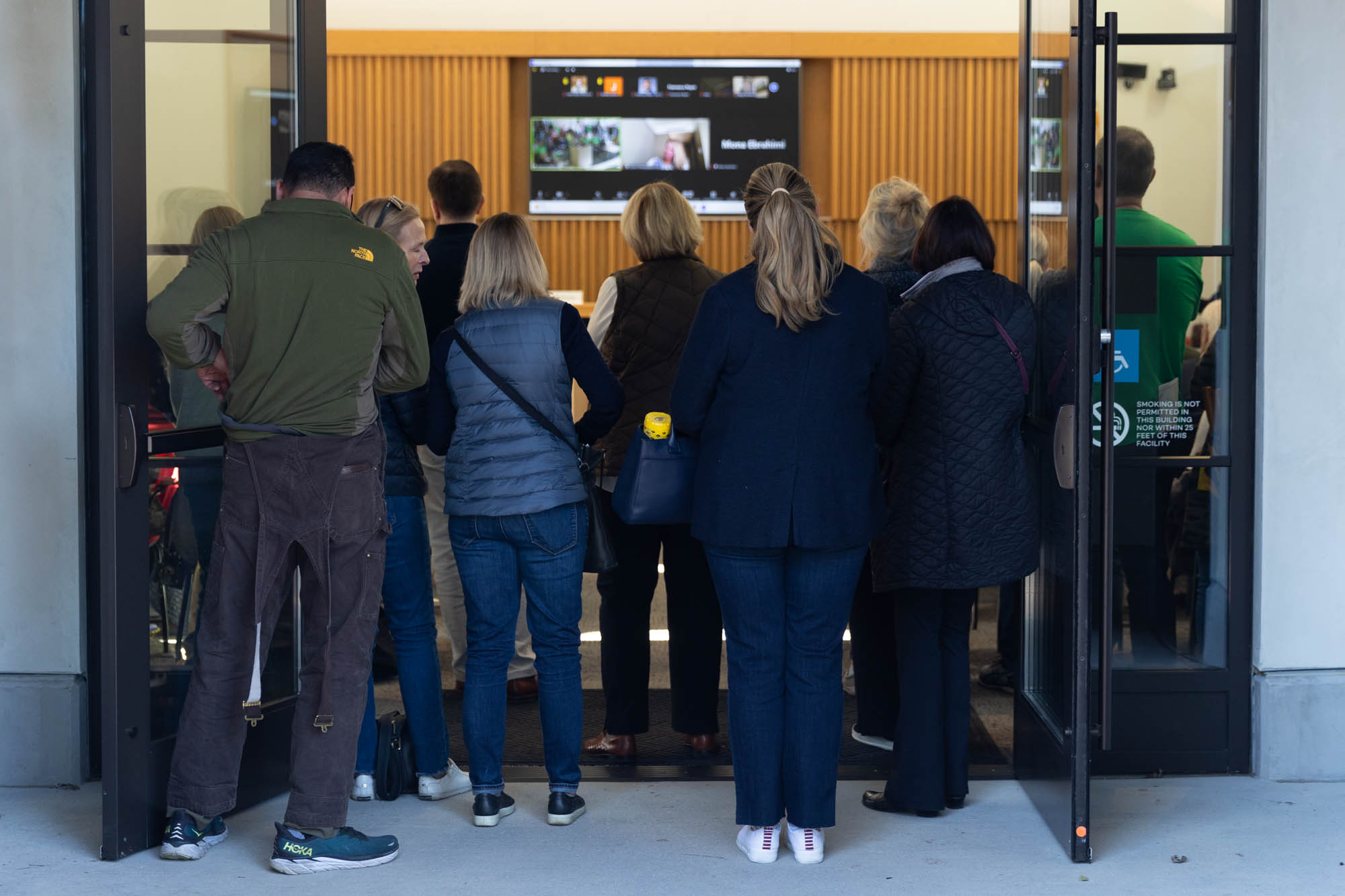

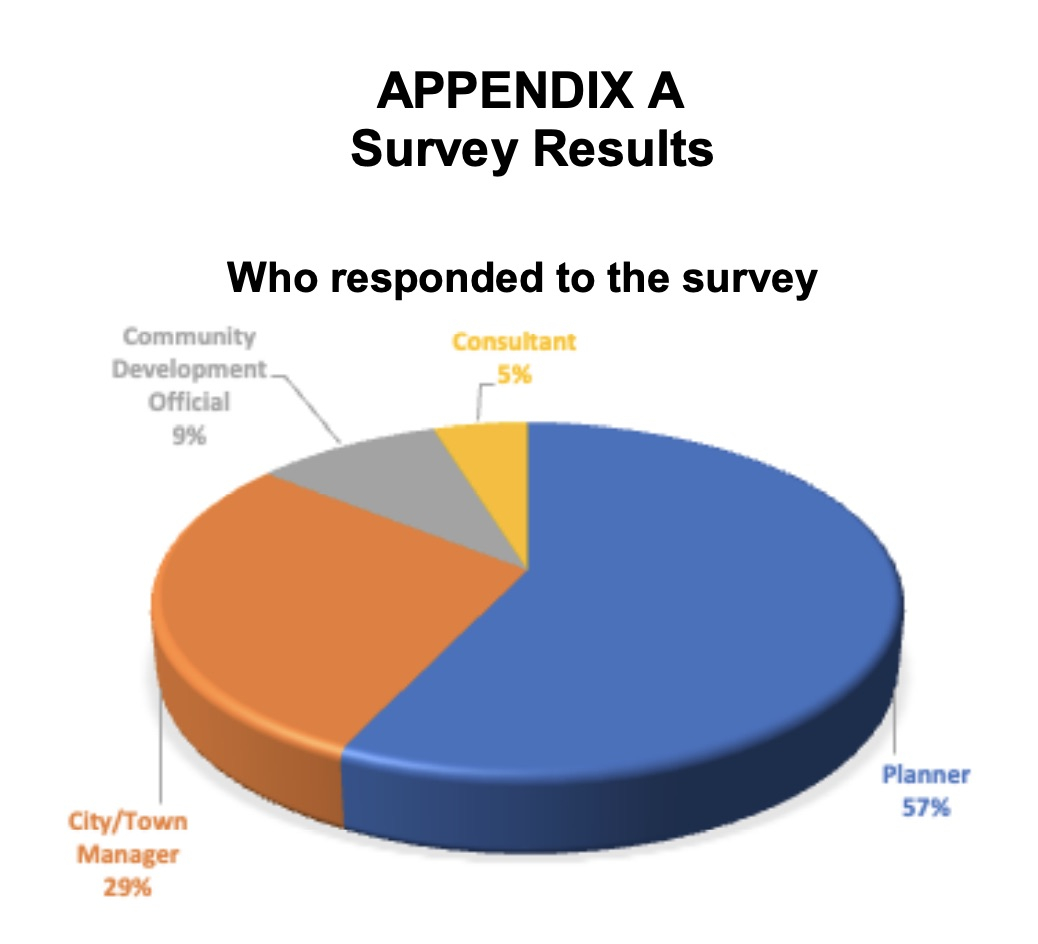
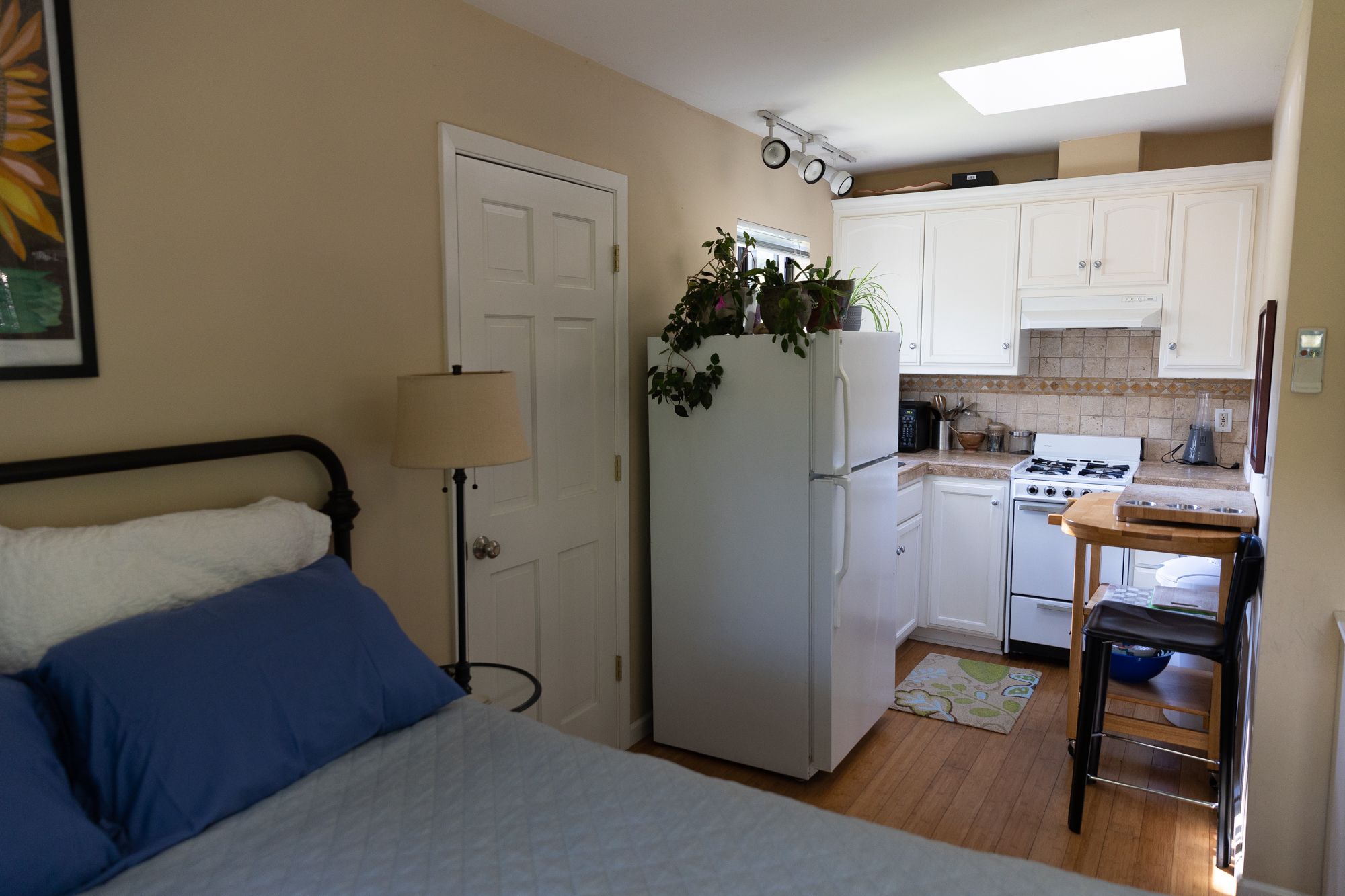
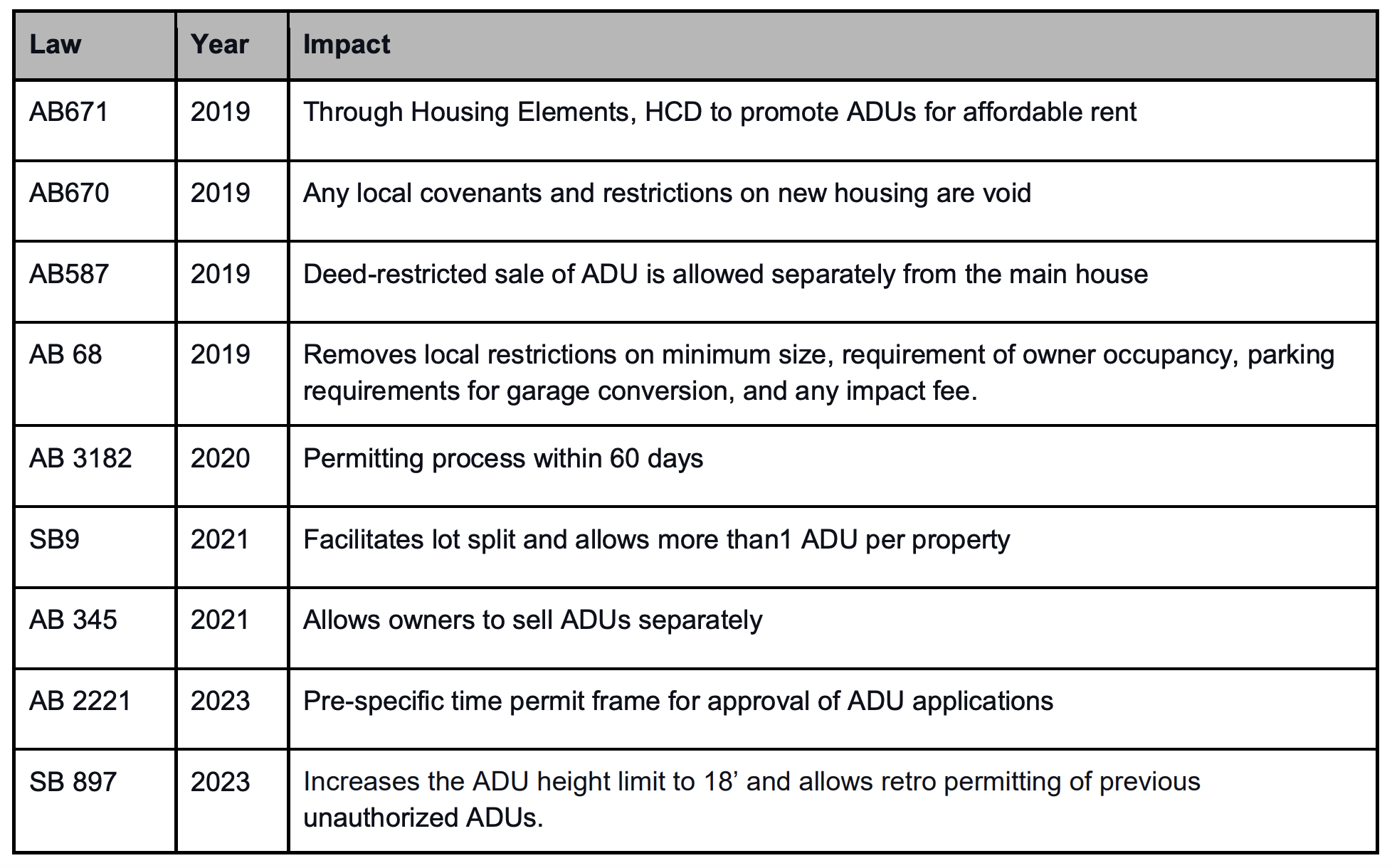


Comments